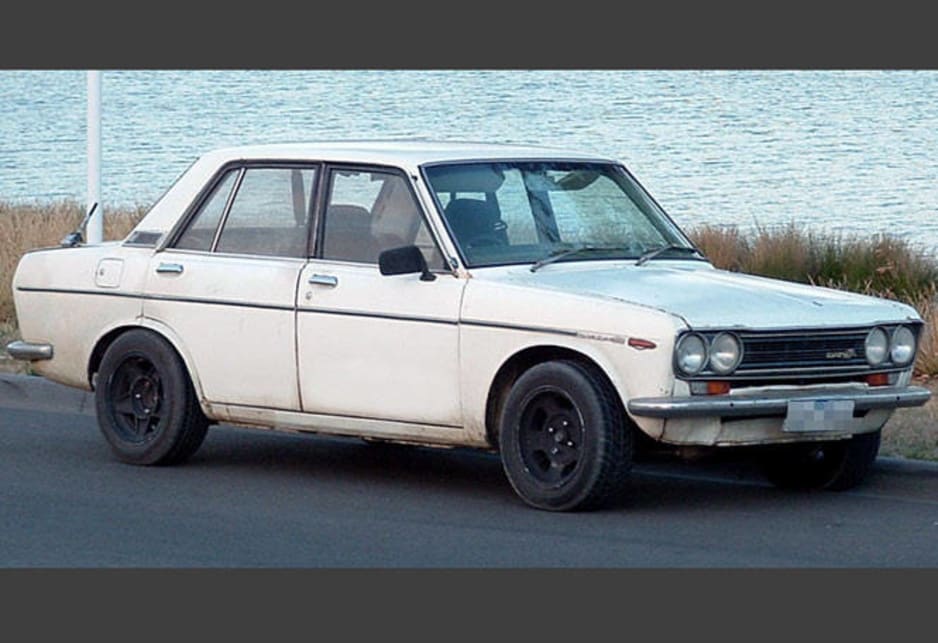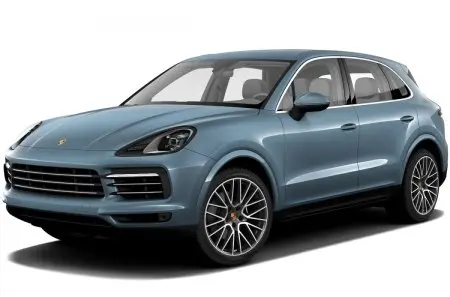
Grille test: Opel Astra GTC 1.6 Turbo (147 kW) Sport
When I stepped on the gas pedal for the tenth time in sixth gear to overtake a truck in the left lane, which required five kilometers for an even slower comrade in misfortune, the smile on my lips did not disappear at all. Not because of the column behind me that disappeared in an instant, but because of the jerk in my back. If it's not a cure! The difference between the two is small: the OPC has 280 horsepower, while the most powerful petrol version of the classic GTC has 200 sparks. So the difference is 80 "horsepower" and 120 Newton meters at maximum torque, which you can't actually take advantage of due to winter tires, crowds, winding roads, cops, or a liquid passenger (not necessarily in that order). Therefore, the difference in price according to the usual price list is as much as seven thousand! Do you know how many tires, gas, ice cream, dinners, weekend getaways, or race track rentals (hmm, again, not necessarily in that order) you could afford for that amount of money?!? Admittedly, the Astra GTC has a much more understated design compared to the OPC, but only if we both park next to each other.
The city will have a goethe, usually dressed in yellow and adorned with OPC Line Package 2 accessories (shark fin antenna, sporty rear bumper lower edge, special side skirts, rear spoiler, front fog lamps, black radiator grille with a stripe in a second color and , of course, the obligatory OPC Line inscription) also arouses open envy, as it works really sporty. Whether it's a wider stance (the front track is four centimeters wider than the classic Astro and the rear track is three!), The large side door with a small rear window, or the exhaust system on each side of the car, it doesn't really matter.
Most comment was: sporty but elegant. Some of the onlooker love soon dissipated inside, as the Astra GTC's center console is still littered with buttons and at the top it almost shyly clings to the touchscreen. Electronic freaks will not even look at this Astra, and the more persistent will ask if some of the small cars already have big screens? They have known each other for many years. Several spikes fell on the front seats as well. Despite being sporty enough, with an adjustable seat section and an electrically adjustable lumbar section (optional equipment for 600 euros), there were quite a few of us who complained of pain after a long ride. You're right, we were all really older, but at least some of us haven't had back problems yet. This is where the criticism of average drivers basically ends.
The 1,6-liter engine has direct injection and is forcibly charged, and the joy of jumping is already evident at 1.500 rpm. Complying with the Euro 6 standard, it delivers a flow rate of 6,4 liters (standard range) to ten liters if you are a cultured but dynamic driver on the road. Of course, there is no upper limit if a savage is driving, because despite the lack of sporty sound from the exhaust system, the driver would rather keep playing with the accelerator pedal. Sensitive drivers will praise the chassis as it is not too rigid, and when fully accelerated, thanks to the HiPerStrut system on the front axle (separation of the steering system from the wheel geometry), the steering wheel does not break. The rear suspension with the Watt link is probably even too effective, since the rear does not want to please the playful driver with light slippage. Of course, with the stabilization system turned off, the inner front wheel turned empty, which is to be expected given the winter tires, and we were very surprised by the poor performance under full braking. Due to reliability, the measurement was repeated twice, and both times it was bad. Speaking of braking, since there was still snow on the road during our test, we simply missed the classic handbrake. You know why, some of us just never grow up.
If the engine had been given a B in elementary school and the chassis had been given a C, the gearbox would have had to defend itself again for a positive rating. The travel is too long, and the transmission doesn't like the fast right-hand drive, which is unsuitable for a sports car. Active headlights are very useful, they shine in a bend and automatically switch between long and short beams. Together with the radio and alarm, they cost 1.672 euros, which, in jest, is definitely more useful than the electric parking brake for 150 euros. We have already mentioned the reason for this. Despite its age (four years!), the Opel Astra GTC is still attractive, and the modern 1,6-liter turbocharged engine emphasizes a good chassis foundation. Unless you are the fastest on the race track (so-called track days are also very popular in Slovenia), you will no doubt be very fast when overtaking trucks, which is definitely in the favor of safety. Good argument for buying a 200 horsepower car, isn't it?
text: Alyosha Mrak
Astra GTC 1.6 Turbo (147 kt) Sport (2015)
Basic data
| Sales: | Opel Southeast Europe Ltd. |
|---|---|
| Base model price: | 18.550 € |
| Test model cost: | 24.912 € |
| Power: | 147kW (200 KM) |
| Acceleration (0-100 km / h): | 7,9 with |
| Maximum speed: | 230 km / h |
| Mixed flow ECE: | 6,2l / 100km |
Costs (per year)
Technical information
| engine: | 4-cylinder - 4-stroke - in-line - turbocharged petrol - displacement 1.598 cm3 - maximum power 147 kW (200 hp) at 5.500 rpm - maximum torque 280 Nm at 1.650–3.500 rpm. |
|---|---|
| Energy transfer: | engine-driven front wheels - 6-speed manual transmission - tires 235/45 R 18 V (Bridgestone Blizzak LM-25 V). |
| Capacity: | 230 km/h top speed - 0-100 km/h acceleration in 7,9 s - fuel consumption (ECE) 8,1/5,2/6,2 l/100 km, CO2 emissions 146 g/km. |
| Mass: | empty vehicle 1.415 kg - permissible gross weight 1.932 kg. |
| External dimensions: | length 4.465 mm – width 1.840 mm – height 1.480 mm – wheelbase 2.695 mm – trunk 380–1.165 55 l – fuel tank XNUMX l. |
Our measurements
| T = 7 ° C / p = 1.043 mbar / rel. vl. = 52% / odometer status: 9.871 km | |
| Acceleration 0-100km: | 8,3s |
|---|---|
| 402m from the city: | 16,0 years ( 146 km / h) |
| Flexibility 50-90km / h: | 6,1 / 8,6s (IV/V) |
| Flexibility 80-120km / h: | 8,1 / 9,7s (Sun./Fri.) |
| Maximum speed: | 230km / h (WE.) |
| test consumption: | 10,0 l / 100km |
| Fuel consumption according to the standard scheme: | 6,4 l / 100km |
| Braking distance at 100 km / h: | 46,9m |
| AM table: | 40m |
evaluation
Although it will have a successor in a year or two, the modern 1,6-liter turbocharged engine is still worth the trouble. Despite the disadvantages!
We praise and reproach
engine
sportiness (body, equipment)
AFL headlights
real tire change
transfer operation
poor braking performance
on-board computer control

